Great Exhibits!
Great Exhibits!
An Exhibit Planning and Construction Handbook for Small Museums
Beth Hansen
ROWMAN & LITTLEFIELD
Lanham Boulder New York London
Published by Rowman & Littlefield
A wholly owned subsidiary of The Rowman & Littlefield Publishing Group, Inc.
4501 Forbes Boulevard, Suite 200, Lanham, Maryland 20706
www.rowman.com
Unit A, Whitacre Mews, 26-34 Stannary Street, London SE11 4AB
Copyright 2017 by Rowman & Littlefield
All rights reserved. No part of this book may be reproduced in any form or by any electronic or mechanical means, including information storage and retrieval systems, without written permission from the publisher, except by a reviewer who may quote passages in a review.
British Library Cataloguing in Publication Information Available
Library of Congress Cataloging-in-Publication Data Available
978-1-4422-7075-6 (cloth)
978-1-4422-7076-3 (paper)
978-1-4422-7077-0 (electronic)
 The paper used in this publication meets the minimum requirements of American National Standard for Information SciencesPermanence of Paper for Printed Library Materials, ANSI/NISO Z39.48-1992.
The paper used in this publication meets the minimum requirements of American National Standard for Information SciencesPermanence of Paper for Printed Library Materials, ANSI/NISO Z39.48-1992.
Printed in the United States of America
Preface
The majority of museums in the United States are small, or very small. The volunteers and staff at these museums want to present the best exhibitions possible. Yet books about developing exhibitions are aimed at large museums with full staff in many departments. These books give instructions such as have your preparator mount the artifacts and your graphic designer will have suggestions for the appropriate font. What is a person at a small museum to do?
Small museums can have exhibits as dynamic and interesting as large ones. With just a few volunteers and a little money, any group of volunteers and staff can create professional-quality exhibits. They just need to know how to do it.
The basic process for creating an exhibition is the same for any museum of any size. Someone needs to do the work of the educator, curator, designer, and so forth. What makes small and large museums different are the number of people and the amount of money available. Volunteers and staff at small museums need to learn to be jacks of all trades and make things work on a shoestring budget.
Museum Studies students can benefit from learning to think like small museum staff. By taking the viewpoints of various personnel, they will be better team members in a museum of any size.
Great Exhibits! will guide the reader through the entire process of creating exhibitionsfrom developing ideas to writing labels to installing artifacts. It will ask the reader to think about issues such as visitor studies and artifact care. In other words, it covers every topic a book for a large museum would cover, but it assumes the museum has fewer people to do the work and less money to spend.
The genesis of this book came from years of working with community groups and small museums. As a curator with an MA in Museum Studies, I was often the only professionally trained staff person at any small museum in the county, or in a three-county area. I worked with other nearby museums on their collections management projects, as well as exhibits. I helped a group of people start a new museum and create their first exhibition. I am pleased to report that the volunteers there are still going strong. Mostly, I created exhibitions for my museum with the help of the local community. The best exhibitions were focused on small neighborhoods and villages and were created entirely by a volunteer team from that area. I led them through the exhibition development process as they decided how to lay out the room, which stories to tell, what color to paint the walls, and which artifacts to loan the museum for the exhibition. This process was tried and tested numerous times. If the steps outlined here are followed, the museum will end up with a professional-quality exhibition.
Use in Small Museums
Great Exhibits! is intended to help small museums improve their exhibitions without breaking their banks. It assumes that they may have only one staff member and a crew of volunteers with no professional museum training. The most difficult part of this book for a small museum will be finding out it existsso please help by spreading the word about this resource.
Naturally, I hope the volunteers and staff at small museums will read the chapters in order and make good use of the worksheets in each one. They were written from years of experience, and will save museum staff hours of work caused by having to go back and do things a second time.
This book was written in a style I hope will be readable and engaging to encourage museum volunteers or staff members to actually read it all. I know that people who work in small museums already have much to do and little time to spare. So this book is pared down to the essentials that you really need to know to create a professional-looking exhibition.
Use in Museum Studies Courses
On the other end of the spectrum, Museum Studies has professionalized museum work. A generation ago, such programs were rare, and museum staff had to learn on the job. Todays museum professional has earned a masters degree and knows much about the theories of how to meet accreditation standards.
Numbers alone tell us that many graduates of these programs do, or will, work in small or very small museums. The Institute of Museum and Library Services (IMLS) estimates that there are thirty-five thousand museums in the United States, and almost seventeen thousand of them are historical societies, which tend to be small, local museums. According to the American Alliance of Museums (AAM), 57 percent of their members work at museums with a staff size of zero to three. There are many, many more small museums that IMLS and AAM dont know about.
Great Exhibits! was designed to be academic enough to meet the standards of any graduate-level museum studies program. As an adjunct faculty member in Museum Studies, I am aware of the requirements for such course work, and this book is based on the curriculum developed for graduate students. The text outlines the duties of each staff person, while realizing that one person may carry out all of them. Although it is written in a casual tone, it is academically sound.
It is recommended that the chapters be read in order, as many build on each other. Faculty are encouraged to use the worksheets as the basis for papers on each chapter. In my class, I ask students to write reports to the museum director outlining the exhibition committees work, utilizing the questions on the worksheet.
This paragraph is for Museum Studies faculty who need to justify the use of this textbook: staff in all positions at a museum can become involved in developing exhibits. It is important to know the theories and reasons behind good development in order to become a productive member of the team. Expertise is required from educators, collections managers, and administrators, as well as curators or other content experts. Great Exhibits! will provide an introduction to the process of creating exhibits and prepare students to be a productive member of an exhibit development team. Author Beth Hansen has an MA in Museum Studies from John F. Kennedy University, has worked in museums for over twenty years, and teaches Exhibition Development as adjunct faculty.
For Everyone
Museum professionals know that there are many aspects to consider when creating a museum exhibition. A look at the contents will show that this book covers the entire process from concept to installation. The sources used are some of the best researchers and practitioners in the field. While no specific topic is covered in depth, every topic is covered. Readers who want to know more about any specialized area can check the sources listed in the bibliography. In its way this book is like the volunteers and staff at a small museumthey have to know about a wide variety of subjects but dont have to be experts at any of them.
Next page
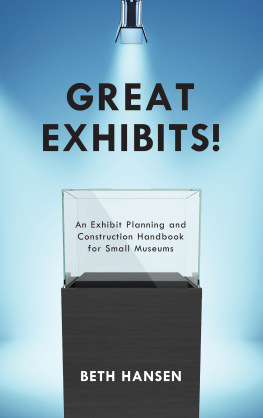

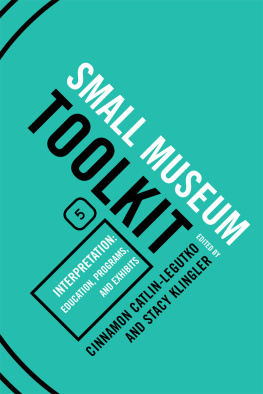
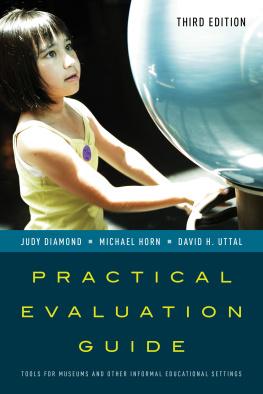
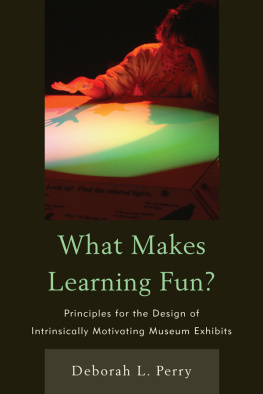
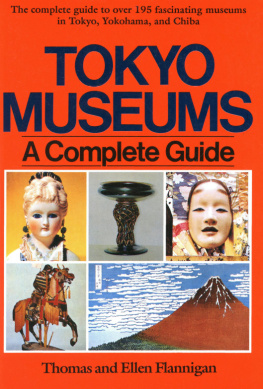
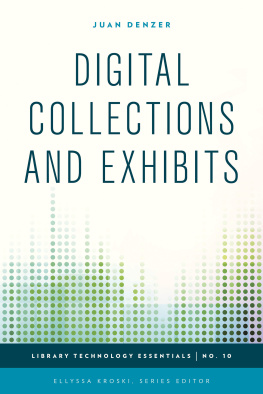

 The paper used in this publication meets the minimum requirements of American National Standard for Information SciencesPermanence of Paper for Printed Library Materials, ANSI/NISO Z39.48-1992.
The paper used in this publication meets the minimum requirements of American National Standard for Information SciencesPermanence of Paper for Printed Library Materials, ANSI/NISO Z39.48-1992.